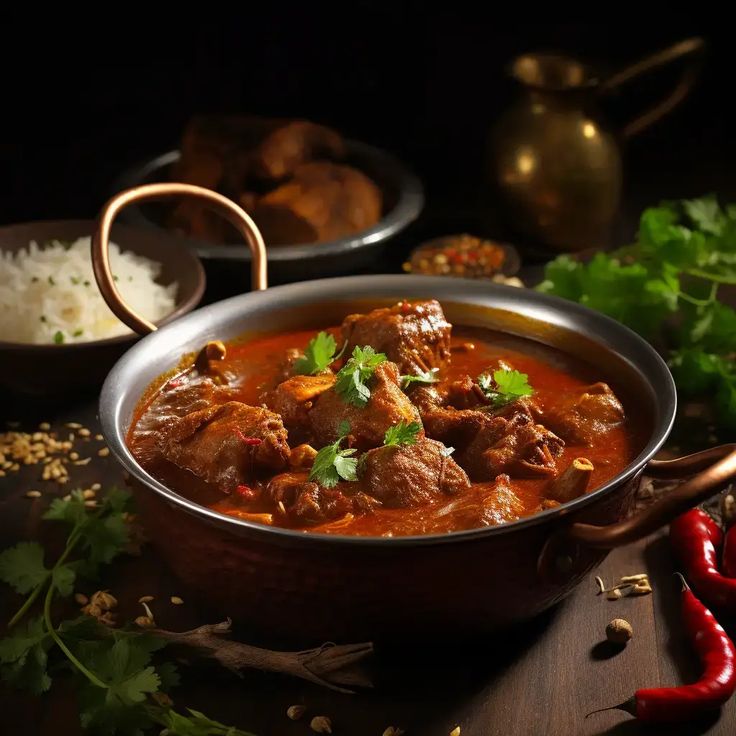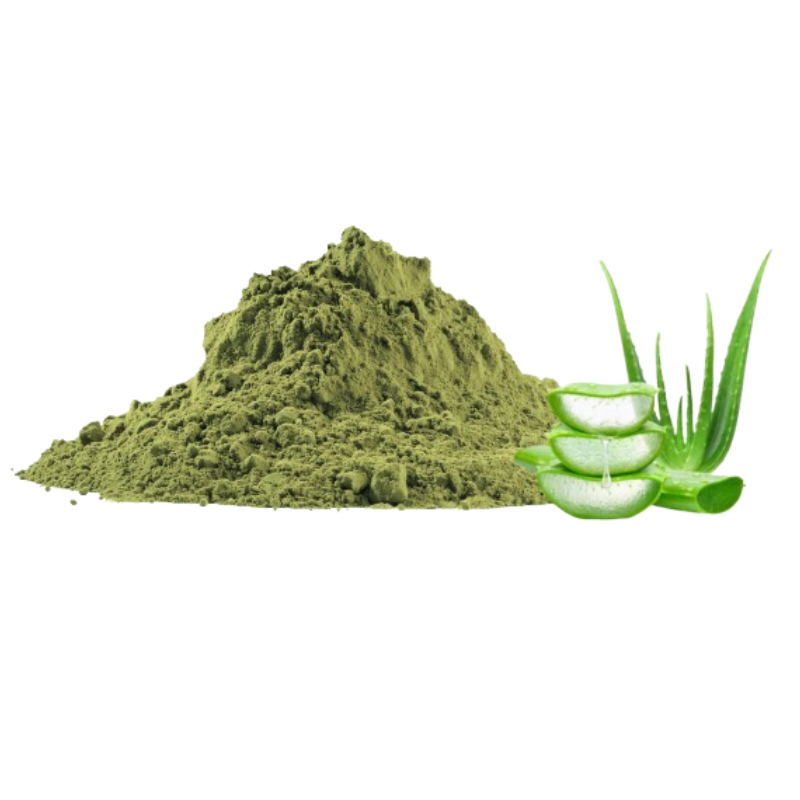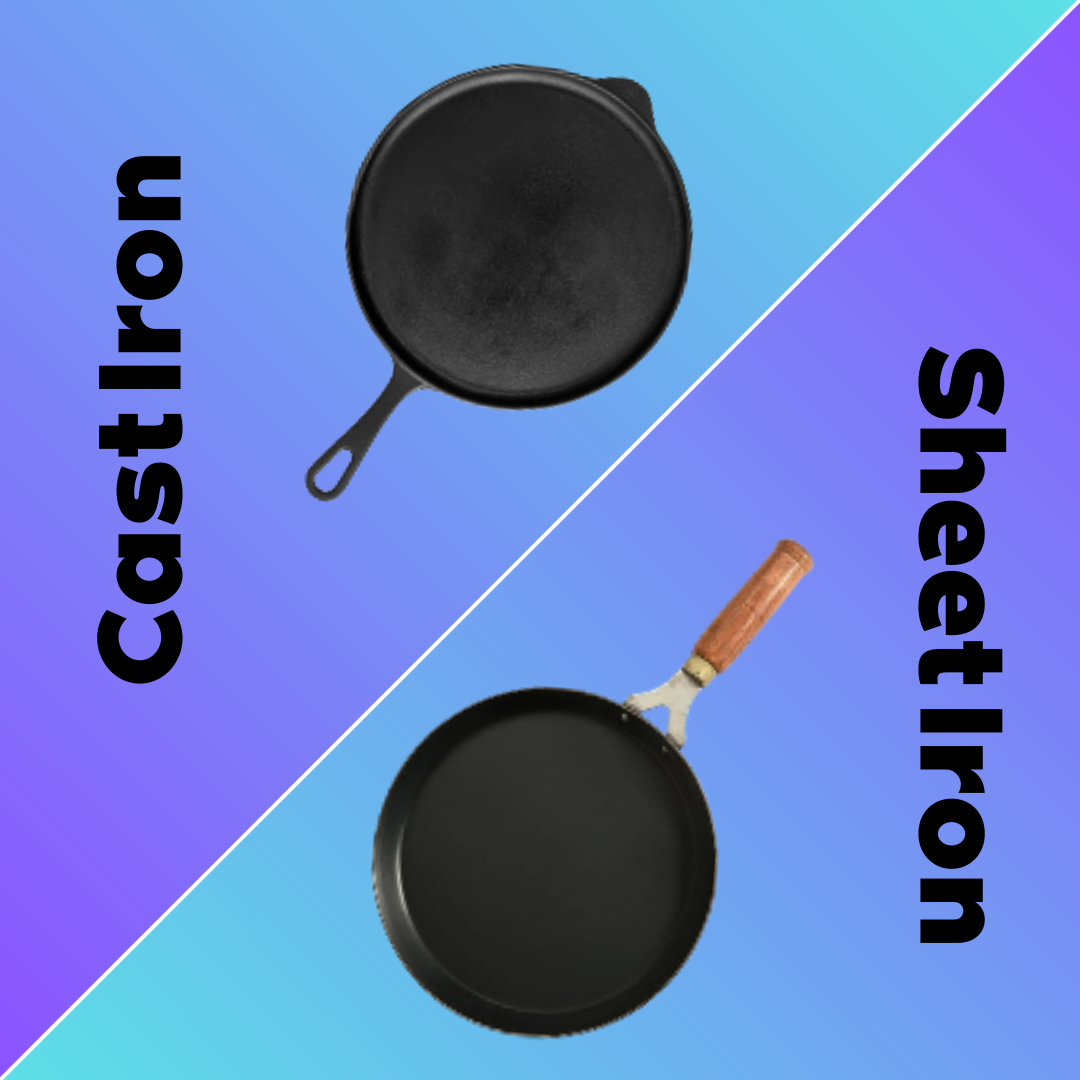The Difference Between Cast Iron And Sheet Iron Products
When it comes to iron products, two common types are cast iron and sheet iron. Though both are derived from the same base element, they have distinct properties, manufacturing processes, and applications. Let's delve into the specifics of cast iron and sheet iron to understand what sets them apart.
Cast Iron: The Heavyweight Champion
1. Composition and Structure
Cast iron is an iron-carbon alloy with a high carbon content, typically between 2% and 4%. This high carbon content gives it distinctive properties, such as hardness and brittleness. Silicone and traces of other elements also contribute to its structure.
2. Manufacturing Process
The production of cast iron involves melting iron and pouring it into molds, a process called casting. As the metal cools and solidifies, graphite flakes form within the iron, contributing to its brittleness.
3. Key Properties
Cast iron's brittleness and hardness make it strong in compression but prone to breaking under tensile stress. It retains and evenly distributes heat, making it ideal for cookware, and is highly durable and wear-resistant, making it perfect for heavy-duty applications.
Sheet Iron: The Versatile Contender
1. Composition and Structure
Sheet iron, also known as wrought iron traditionally or mild steel in modern contexts, has a lower carbon content than cast iron, typically less than 0.08%. This makes it more malleable and ductile.
2. Manufacturing Process
Sheet iron is produced by rolling iron or steel into thin, flat pieces. The metal is heated and passed through rollers to achieve the desired thickness, enabling the production of large, thin sheets of iron.
3. Key Properties
Unlike cast iron, sheet iron is highly malleable and ductile, allowing it to be bent, rolled, and formed into various shapes without breaking. It is generally lighter than cast iron due to its thinness. Modern sheet iron often undergoes galvanization or other coatings to resist rust and corrosion.
Key Differences at a Glance
Manufacturing: Cast iron is cast in molds, while sheet iron is rolled into thin sheets.
Properties: Cast iron is brittle and hard, making it suitable for heavy-duty applications. Sheet iron is malleable and ductile, ideal for lightweight and formable applications.
Choosing between cast iron and sheet iron depends on your project's needs. Cast iron is ideal for high temperatures and even heat distribution, while sheet iron is preferable for lightweight, formable, and corrosion-resistant applications. Understanding these differences ensures you select the right iron product for durability and efficiency in your projects.





 Help
Help